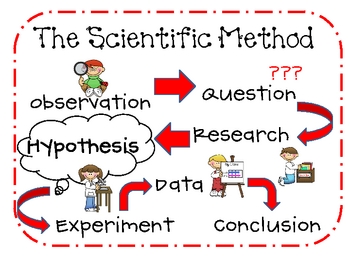Knoxville Tennessee
I always like summer
Best
you can eat fresh corn
From daddy's garden
And okra
And greens
And cabbage
And lots of
Barbeque
And buttermilk
And homemade ice-cream
At the church picnic
And listen to
Gospel music
Outside
At the church
Homecoming
And go to the mountains with
Your grandmother
And go barefooted
And be warm
All the time
Not only when you go to bed
And sleep
Best
you can eat fresh corn
From daddy's garden
And okra
And greens
And cabbage
And lots of
Barbeque
And buttermilk
And homemade ice-cream
At the church picnic
And listen to
Gospel music
Outside
At the church
Homecoming
And go to the mountains with
Your grandmother
And go barefooted
And be warm
All the time
Not only when you go to bed
And sleep
Nikki Giovanni
_______________________
This is an easy expansion to our exploration of metaphor and image. Take a place you know well. Make that the title of your poem. Then explore the senses it conjures. How do things smell, sound, feel, taste and look? Do you have a sense of balance? Direction? Temperature? Humidity? Does it make you feel warm, fearful, angry, happy, sad, content? Use concrete examples like Ms. Giovanni.
The key is to capture the feeling of the place so well that by the end of the poem your reader is feeling it.
Thank you Nikki for the great work.








